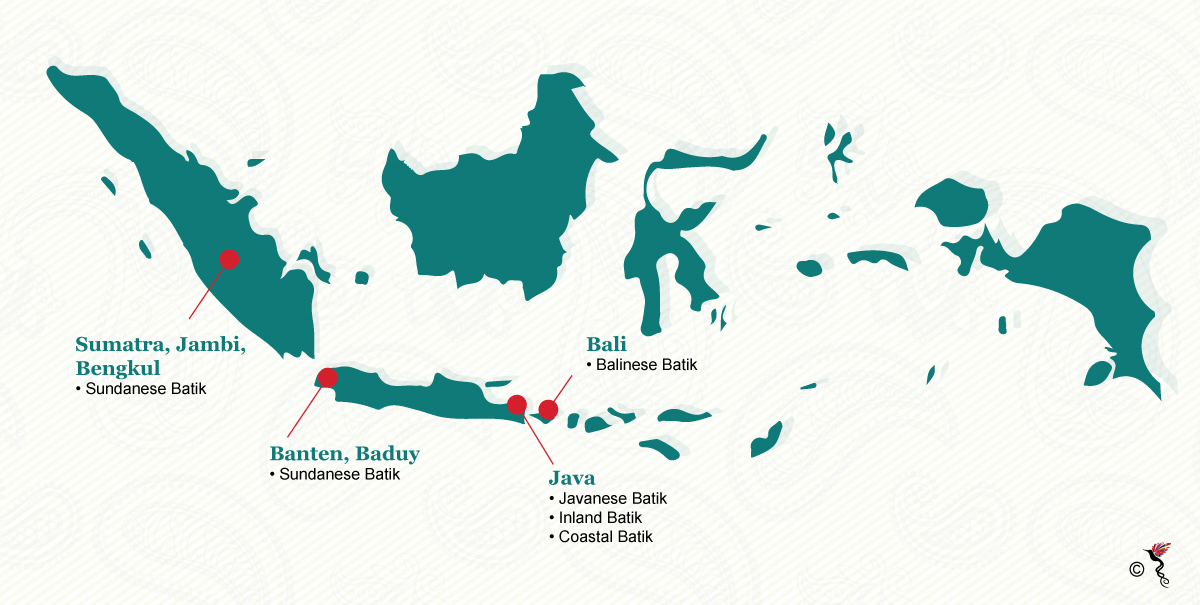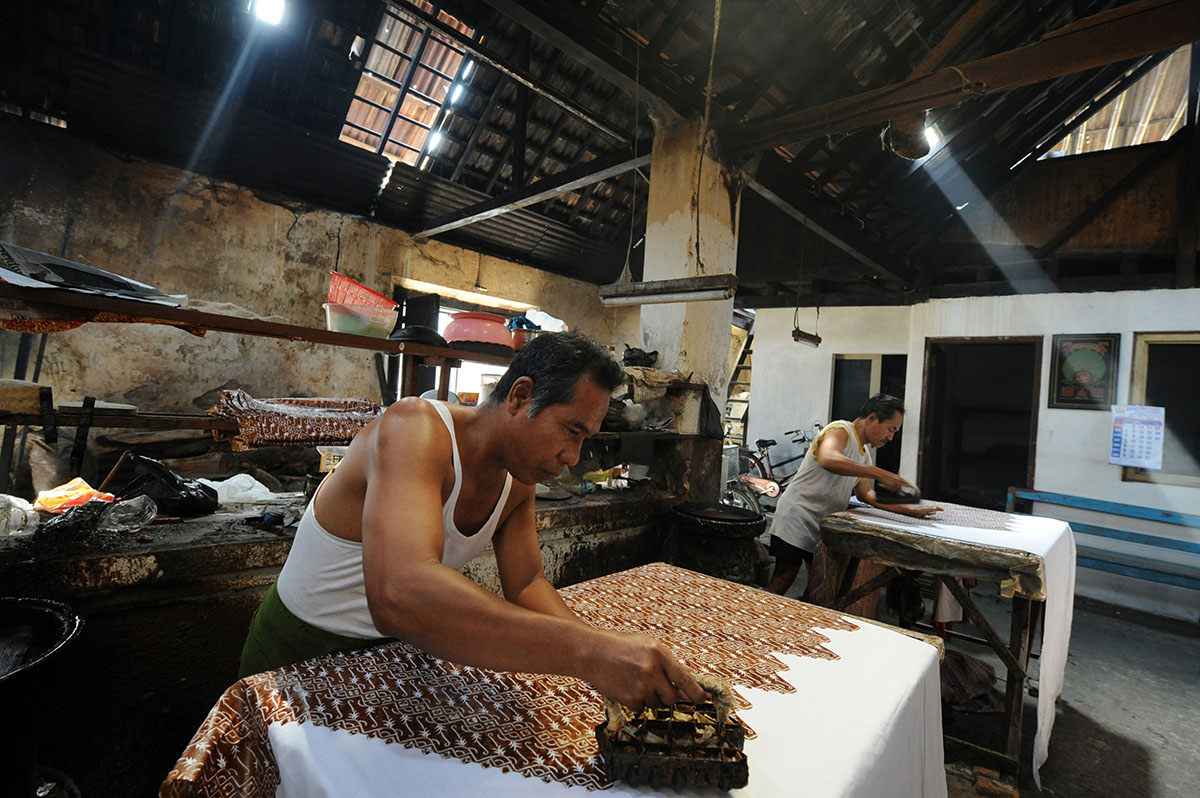“I consider myself lucky to be able to wear batik on several international events in Indonesia and overseas. It is a sense of pride,” Monika Nabillya, a 26-year-old accountant who resides in Indonesia, told The ASEAN Post.
Batik is one of the most highly developed art forms of Indonesia’s rich cultural heritage. In 2009, UNESCO (The United Nations Educational, Scientific and Cultural Organisation) recognised Indonesian batik as a Masterpiece of Oral and Intangible Heritage of Humanity. Since then, the country celebrates the National Batik Day (also known as Hari Batik Nasional) annually on October 2. On this day, Indonesians would wear batik in honour of this ancient tradition.
On top of that, the Indonesian Ministry of Research, Technology and Higher Education exhibited the Indonesian batik map of diversity in a public display for the first time in 2009. The map was drawn by Hokky Situngkir, an Indonesian scientist, who is also the founder of the Bandung Fe Institute. His researches emphasise on the aspects of fractal geometry in Indonesian batik.
Batik is commonly used by Indonesians in various rituals, traditions and celebrations. In addition, the motifs carry various symbolic meanings that are tied to the Indonesian heritage. Infants are carried in batik slings designed to bring luck while the dead are covered in "funerary batik". Unique batik variants are also used in special occasions including marriage, pregnancy and even puppet performances in traditional theatres. Often handed down through generations, the craft of creating batik is deeply intertwined with the cultural identity of the Indonesian people. Colours and designs are used to express an individual's creativity and spirituality beliefs.
Batik can be created using two conventional techniques. The first is made by drawing dots and lines of the resist with a spouted tool called a canting while the second technique prints the resist with a copper stamp called a cap. The wax which resists dyes allows the artisan to colour the cloth selectively by soaking it in one colour at a time. The artisan then proceeds to remove the wax with boiling water and repeats the process multiple times to achieve the desired design outcome. Batik can be made with a variety of dye and wax on cotton, silk and other natural fabrics. Each state in Indonesia has its own unique form of batik. In Central Java, batik usually comes in the form of subdued colours and stylised imagery. Meanwhile in southern Sulawesi, its batik is known for its brightly-coloured, naturalistic figures.

Types of different Batik motifs originated from various parts of Indonesia.
Although many of the archipelago's neighbouring nations like Malaysia, Singapore and the Philippines also produce batik, Indonesia is the longest-producing nation within Southeast Asia in recorded history. Besides being a symbolic icon to Indonesians, batik is also an important source of income for the local communities. Approximately 37 percent of Indonesia’s total batik export is shipped to the US – the largest importer of Indonesian batik – followed by South Korea, Japan, Germany, Great Britain and the Netherlands. The value of total batik exports has grown to 340 million dollars in 2016. In the next five years, the batik industry is expected to see a 300 percent growth – or 1.5 billion dollars – in the total value of batik exports. According to data obtained from the Indonesian Ministry of Industry, there are about 50,000 batik-producing companies all over Indonesia while 101 of them are SMEs (small and medium enterprises).
Garments made out of batik were also worn by the leaders of the prosperous Majapahit empire which ruled much of Southeast Asia between 1200 and 1500. The Indonesian government has always been taking initiatives to promote batik to other cultures across the world. The government also works with batik artisans in many different parts of Indonesia to develop and perpetuate the traditional heritage. These initiatives include organising various local and international events to promote batik. In a recent event, the Indonesian embassy in Lao held a workshop entitled “How to make nice batik” at Vientiane, Lao's capital city. The workshop was held in conjunction with the 60th anniversary of Indonesian-Laotian bilateral relations. The Indonesian Embassy in Vientiane brought batik makers from Indonesia to host the workshop.
The batik industry continues to thrive by adapting to present-day interests, whereby you can buy Batik shirts designed with traditional Yogyakarta motifs with the emblem of your favourite football team. Throughout the 72 years of its independence, the nation continues to preserve its unique culture and traditions as Indonesians from all over the world come together to celebrate the National Batik Day today.
